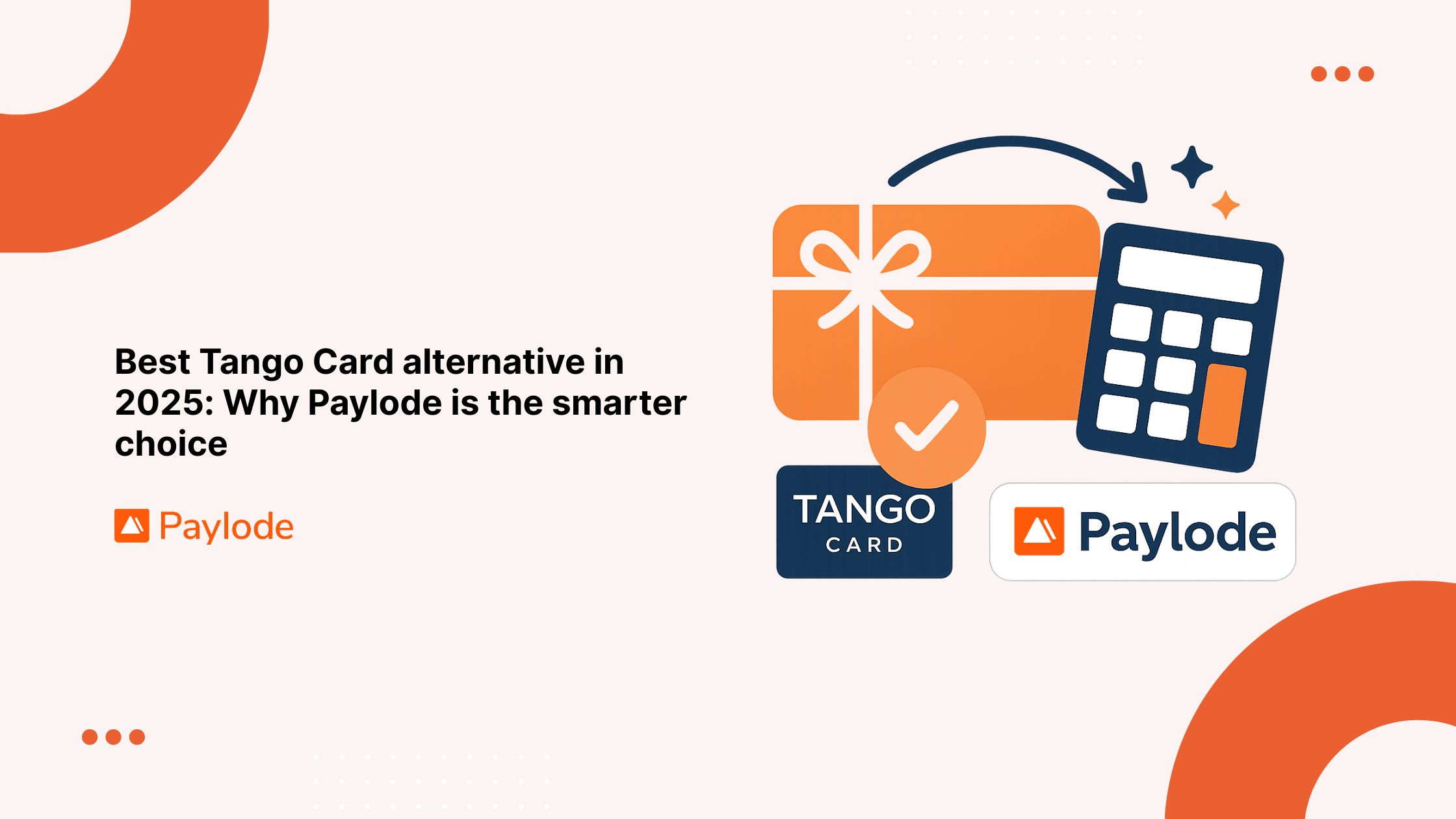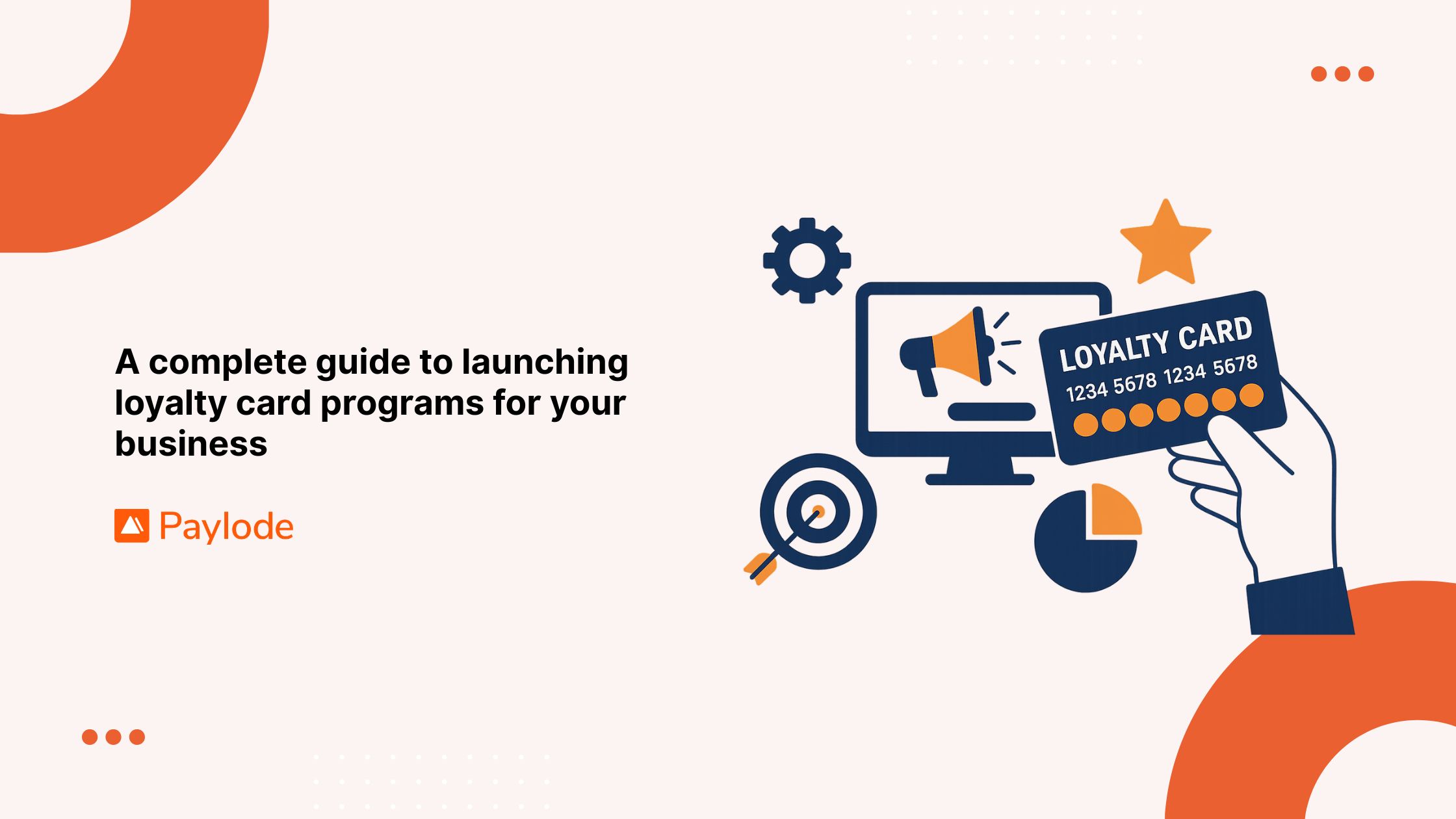As an insurance provider, keeping policyholders engaged beyond the first year or two of a policy is critical to profitability and growth. As insurance policies typically renew every six months, comparison shopping follows this cycle. If you can delight your insurance customers with customized incentives, perks, and retention benefits, you're apt to see this six month switching cycle smooth out and turn into long term loyalty.
"Long term" is anything over 5 years
Let's first define long-term retention. There are not many sources out there for this range, yet we can make some generalizations based on the average consumer:
- Short-term: 0-2 years
- Medium-term: 3-5 years
- Long-term: 5+ years, with multiple renewal terms
Success means focusing on retaining existing policyholders versus new customer acquisition, and is measured by multi-year customer retention rates, low churn, and lifetime value.
What about retention rate?
If you take to the internet, you'll find a blog post by an independent Liberty Mutual agent, who claims the average retention rate in the insurance industry is 84%. But the source she references is a Dallas insurance groups' blog, which makes the same claim without a source at all. So it's unreliable to claim that 84% is the average retention rate. (If you know a reliable source for these stats, please comment!)
- Pay attention instead to your company's own current rate and take the time to calculate it.
- Then, benchmark your progress against your past rate.
Long term retention benefits compound
There are compelling reasons to invest in long-term policyholder retention.
- Reduced churn. Long-term customers are much less likely to switch providers, lowering churn. This avoids costs to replace lost policies.
- Increased profitability. The longer a customer stays, the more profitable they become due to lower service costs and cross-selling.
- Positive word of mouth. Loyal policyholders refer friends and family, driving growth through reviews and social media advocacy.
- New product adoption. Existing customers more readily adopt new products like bundled policies or coverage upgrades.
- Improve customer lifetime value. Customers that stay for multiple renewal terms generate substantially higher lifetime value.
- Lower service costs. The expenses incurred serving and supporting a long-tenured customer are much lower than a brand new policyholder.
In short, long-term retention is well worth the investment for insurers. Now let's explore some best practices.
At the heart of every strategy is a great product and service
A strategic combination of tactics tailored to your customer base drives multi-year retention.
- Provide stellar service during onboarding and claims to establish trust and satisfaction.
- Communicate proactively and transparently throughout the customer lifecycle.
- Offer insurance retention incentives like perks, loyal driver rates, and complementary discounts.
- Identify customer milestones like a new home to cross-sell relevant offerings.
- Survey customers regularly and address any emerging pain points.
- Develop valuable online self-service resources to reduce service costs.
- Provide multi-channel support with options like chat, texting, and account portals.
- Leverage data to segment and personalize outreach to high-value policyholders.
- Continuously gather customer data and improve the experience.
Key insurance retention metrics
To monitor progress, focus on metrics like:
- Policy renewal rates after the first term, and long-term renewal rates
- Average customer lifetime - how many years do they remain active?
- Customer cohorts over time - are newer cohorts sticking longer?
- Customer lifetime value - is LTV increasing with higher retention?
- Net Promoter Score - does loyalty and satisfaction rise over time?
Optimizing these KPIs indicates you are strengthening retention among both new and tenured policyholders.
In the competitive insurance industry, focusing on long-term policyholder retention is imperative for growth and profitability. If you're ready to incentivize insurance customers to renew, upgrade, or more, please contact us.



